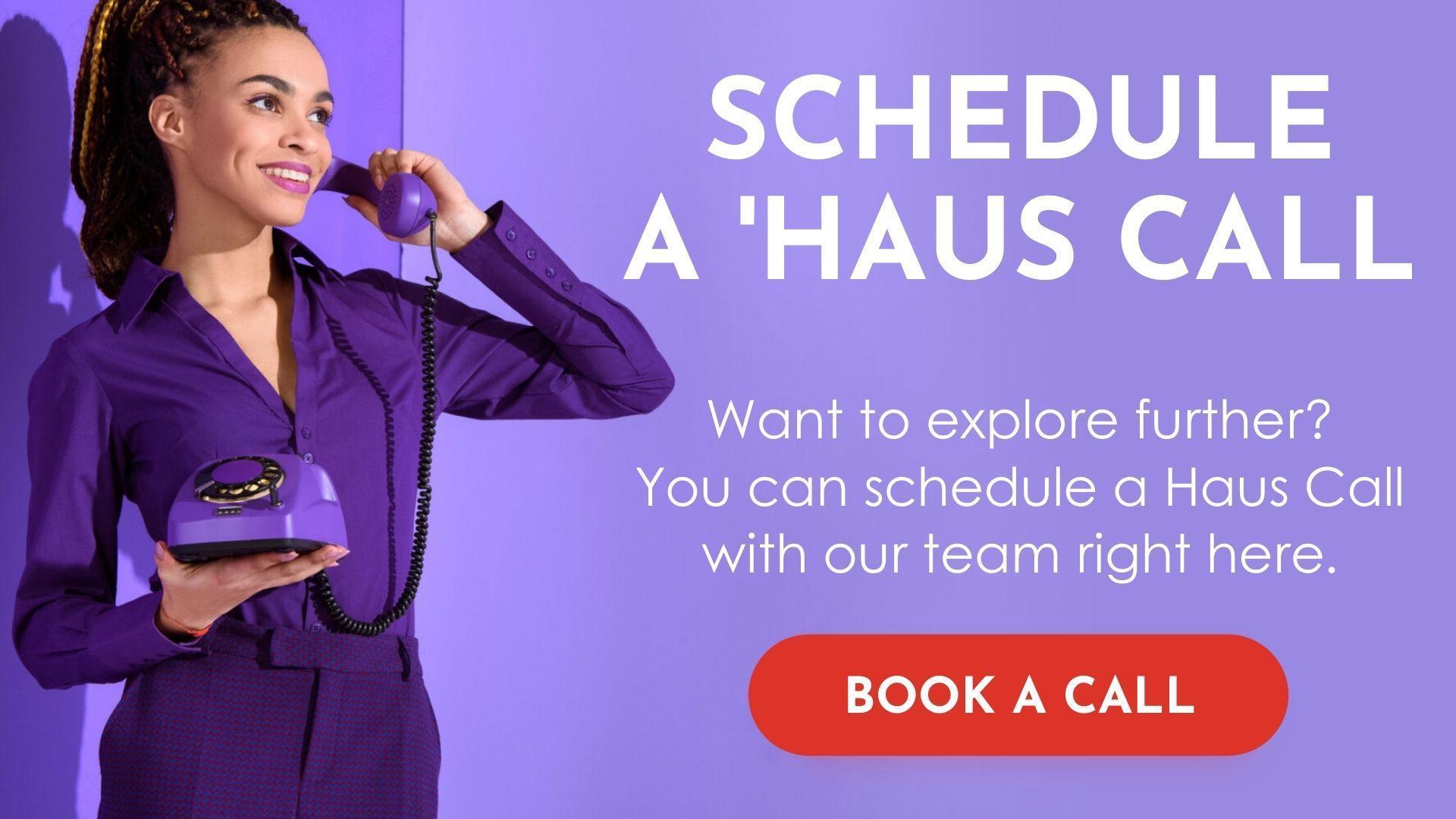Whether you’re just getting started with your consulting or coaching business — or you’re the head of sales at an 8- or 9-figure small enterprise — there’s no denying that speaking is one of the best ways to get clients.
Here are 12 of the biggest reasons why speaking will grow your consulting or coaching business.
- Speaking establishes you as an expert before you even open your mouth.
- Speaking pulls people interested in your topic to you.
- Speaking gives you plenty of time to build a solid business case about the problem you solve (even with busy and distracted business leaders).
- Speaking bypasses difficult gatekeepers.
- Speaking allows you to get real-time feedback, reaction, and viewpoints directly from your target audience, which you can then use to adjust your messaging or make pivots that will lead to more clients.
- Speaking builds your confidence, especially when your audience raves about how valuable your session was.
- Speaking leverages the power of face-to-face marketing — like the fact that people are 34x more likely to say “Yes!” to scheduling a meeting with you if you make the request in person as opposed to through email.
- Speaking gives you the chance to demonstrate your knowledge, credibility, value, and likeability.
- Speaking allows you to preemptively address common sales objections right in your presentation (such as “we don’t have time for that right now”), making it easier to move prospects forward.
- Speaking gives you the opportunity to easily and quickly capture direct contact information of real decision makers.
- Speaking positions you to build relationships with other centers of influence.
- Speaking leads to more and more speaking opportunities, which then leads to more and more clients.
“Stop focusing on gold stars. Start focusing on gold bars.” – Angelique Rewers
But if all of that is true, then why do so many small business owners, consultants, leadership coaches, heads of marketing and sales, and other people complain that speaking doesn’t work?
I wish I could say it were just a few simple things.
Frankly, however, there are both surface-level issues as well as strategic elements that people tend to miss about speaking.
But for today’s article, let’s look at three of the biggest “blocking and tackling” issues that need to be addressed out of the gate.
1. Speak Only in The Right Rooms
For the last 10 years, one of the questions we’ve asked our new clients on their in-take form is, “Where have you spoken in the last 12 months?
Easily over 90 percent of these small business owners have answered with a list largely or entirely compiled of local networking events, small business events, and/or events that attract low- and mid-level managers from companies.
While these events are a great place to give your first two or three presentations for practice (and to build up your speaking credentials), these events won’t get you in front of real decision makers. And that’s the whole point of speaking.
So if you want to get consulting clients from speaking, it all starts with speaking in the right rooms where there are REAL decision makers.
And the best place to find those decision makers are at industry associations — not professional associations.
Here’s the difference.
A professional association attracts people with similar job functions.
For example, SHRM attracts people who work in the human resources function; IFMA attracts people who work in the facilities management function; and IABC attracts people who work in the employee communications function.
On the other hand, an industry association attracts people who all work in a similar type of company.
For example, CTA attracts leaders from companies that all produce consumer electronics (like GE and IBM); ABA attracts leaders from companies that all produce beverages (like Pepsi and Coca-Cola); and the NRF attracts leaders from companies who are all in the retail world (like Macy’s and Target).
It’s at this second group of events — the industry events — where you find the higher-level decision makers you want to get in front of.
If you’re not familiar with these industry associations, one of the most comprehensive lists is published by AssociationExecs.com.
2. Market Your Session Before You Get to The Event
If you’ll be delivering a breakout session at a conference (versus a keynote), that means you will be “competing” against other speakers to get conference attendees to come to your session.
Not only that, your GOAL is to get as many of the RIGHT decision makers to come to your breakout room as possible.
Now, here’s the best way to fail at that goal:
Expect that the 5-sentence blurb printed in the conference program brochure or on the conference’s website is going to do all the work for you.
If you rely on that alone, you’ll miss out on up to 50 percent of conference attendees who should be in your session — but who make a last-second decision about which session to attend, or simply duck into the nearest breakout room because they’re running late.
Don’t let that happen to you. Once you’ve been selected to speak at an event, it’s time to start capturing mindshare of the attendees and getting them to put your breakout session on their must-attend list.
How do you do that? Check out our article on this topic here.
3. Be Crazy Smart About Your Call to Action
Another big reason consultants miss out on winning B2B clients from speaking is because they botch the call to action (CTA) at the end of their presentation.
Here’s what we tell our clients.
First, break your CTA into two parts — light and heavy.
The “light” CTA is designed to capture everyone’s contact information. This can be in exchange for a copy of your presentation slides, an insights paper, results of a study you’ve conducted, an action guide, an in-depth case study, etc.
The “heavy” CTA is designed to bridge your relationship from the conference back to the decision maker’s larger organization.
Because here’s the thing.
The days of the one-stop decision maker are long gone. That means one of the biggest sales problems you have at the end of your presentation is that only ONE person from each company has heard you speak.
And while each person in your breakout room may have loved your session, their enthusiasm won’t be enough of a pull once they get back to their office.
So now it’s up to you to offer something of immediate value that will get each decision maker in your audience excited to introduce you (and your brilliance) to their colleagues back at the office.
When you do that, the relationship will deepen, and you’ll then earn the opportunity to have the RIGHT conversations in the right way with all your new prospects — conversations that will actually lead to new, meaningful business for you.
Since 2006, we’ve worked with small business owners ranging from beginners with $0 in revenue all the way up to enterprises with hundreds of millions of dollars in annual revenue, to help them predictably fill their pipelines and win more clients.
If you’d like to talk with one of our program advisors about the best program for you, we invite you to schedule a call here.










0 Comments